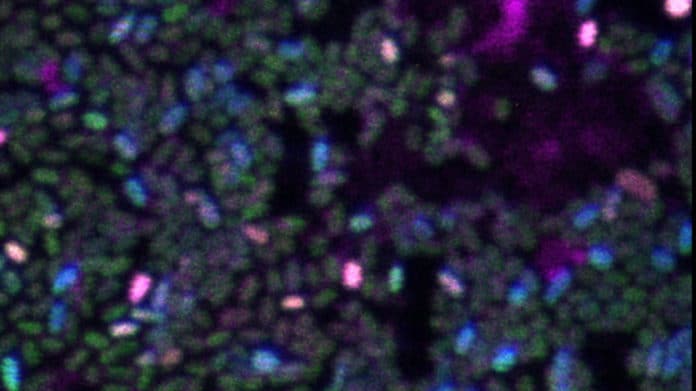A new study led by Joseon Yang at the Arizona State University Biodesign Institute Center for Fundamental and Applied Microbiomics highlights the need to safeguard clean water for spaceflight missions. And with her colleagues characterized different bacterial populations isolated over time from drinking water from International Space Station (ISS).
Through this study, scientists wanted to determine how microbial characteristics that are significant for astronomer’s health and space habitat integrity might change during long exposure to microgravity. However, this is quite difficult to investigate as microbial adaptations to microgravity have been shown to alter bacterial characteristics dramatically.
Scientists determined vital functional properties of waterborne bacterial isolates collected from the ISS potable water system over multiple years.
Yang said, “Polymicrobial interactions are complex and may not be stable over time. Our study provides in-depth phenotypic analyses of single- and multispecies bacterial isolates recovered from the ISS water system over the years to understand long-term microbial interactions and adaptation to the microgravity environment. The results from our study may improve microbial risk assessments of human-built environments in both space and on Earth.”
Bacteria can cause a range of infectious diseases in humans. When clump together to form biofilms, they can cause infectious disease and contaminate water resources.
For these reasons, control of bacteria in complex microbial ecosystems and management of biofilm formation are vital challenges.
The water purification system on the ISS, known as the Environmental Control and Life Support System, is used to cleanse wastewater in a three-step process. It generates drinking water from recycled urine, wastewater, and condensation through distillation, filtrations, catalytic oxidation, and iodine treatment.
In-flight analysis of water samples from the ISS water purification system has shown microbial levels that exceed NASA specifications for potable water. The sources of this contamination are primarily due to environmental flora embedded in the water system itself.
Many of the microbes found were the same as those found in drinking water on Earth. This concerns scientists that the space environment may heighten the potential threats these organisms pose in this unique environment.
Scientists also found that the ISS waterborne bacterial isolates show excellent resistance to multiple antimicrobial compounds, including antibiotics, and distinct patterns of biofilm formation and carbon utilization.
Observation of bacterial species interactions in this study also revealed distinct patterns of behavior. It suggests that adaptive processes were at work overtime in the microgravity environment.
The findings from this study will help overcome the formidable challenges of ensuring safe drinking water for spaceflight missions, particularly those of longer duration. In addition, this study may provide information to improve the functionality of engineered water systems on Earth for the industrial benefit and safety of the general public.
Journal Reference:
- Yang, J., Barilla, J., Mark Ott, C. et al. Longitudinal characterization of multispecies microbial populations recovered from spaceflight potable water. npj Biofilms Microbiomes 7, 70 (2021). DOI: 10.1038/s41522-021-00240-5
